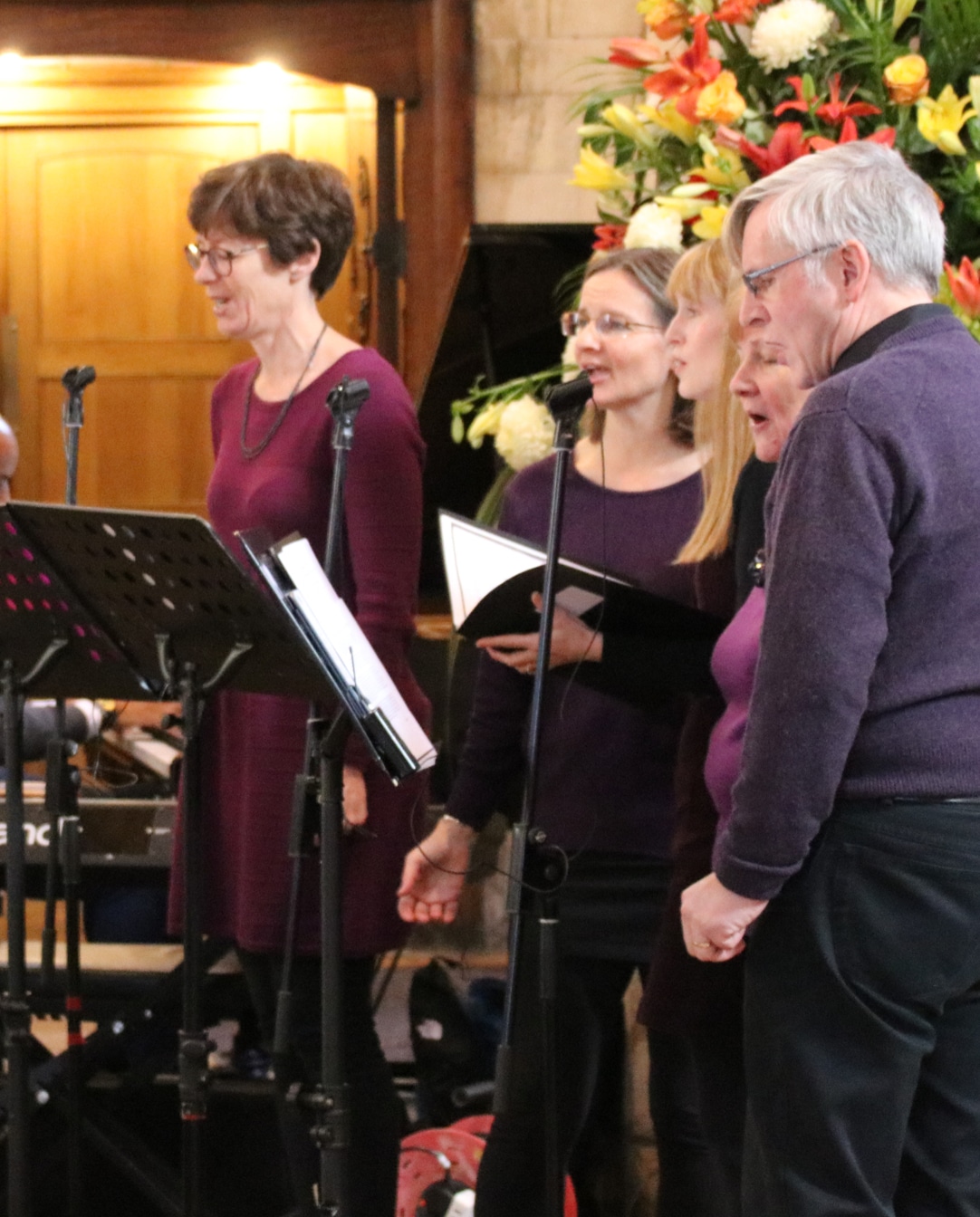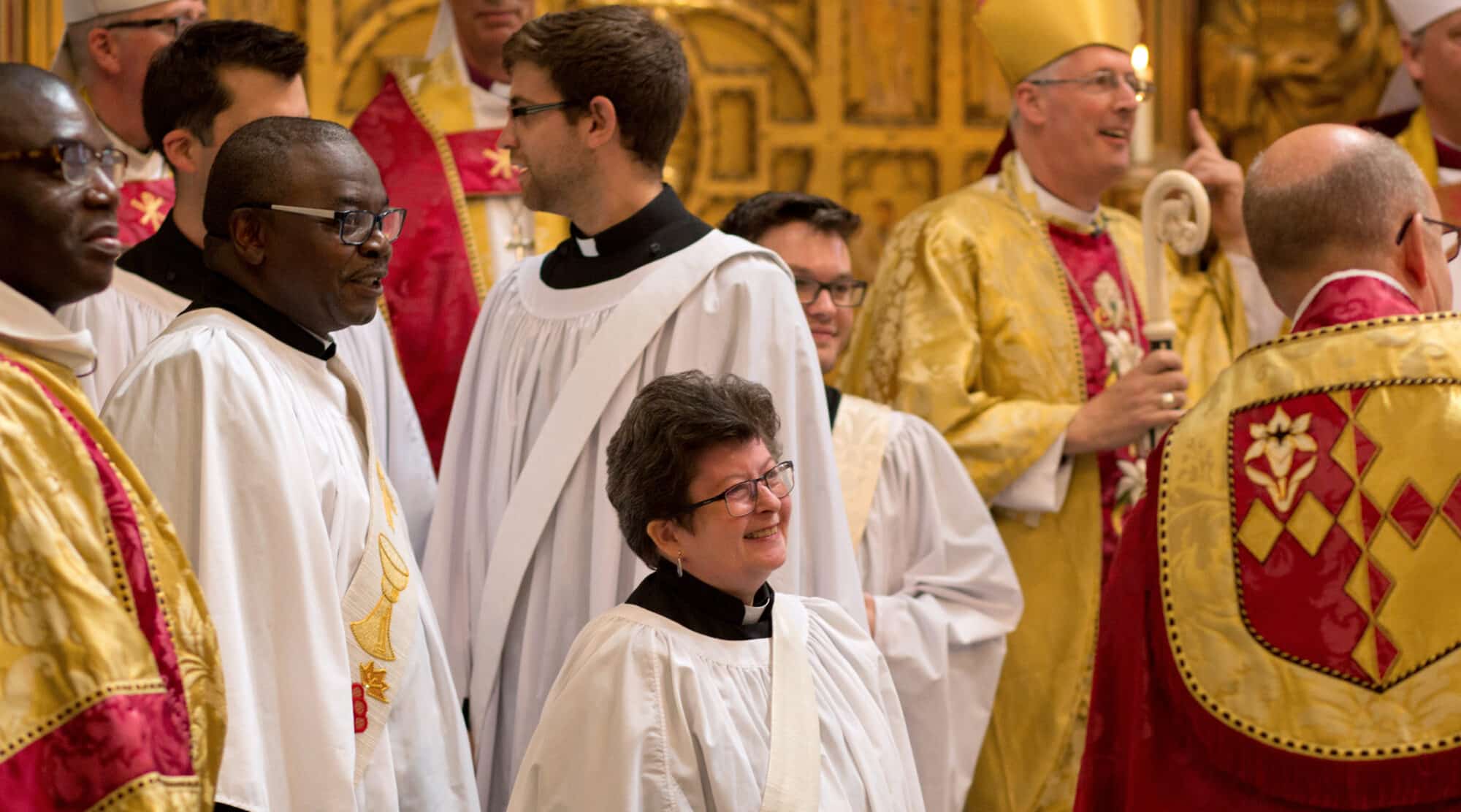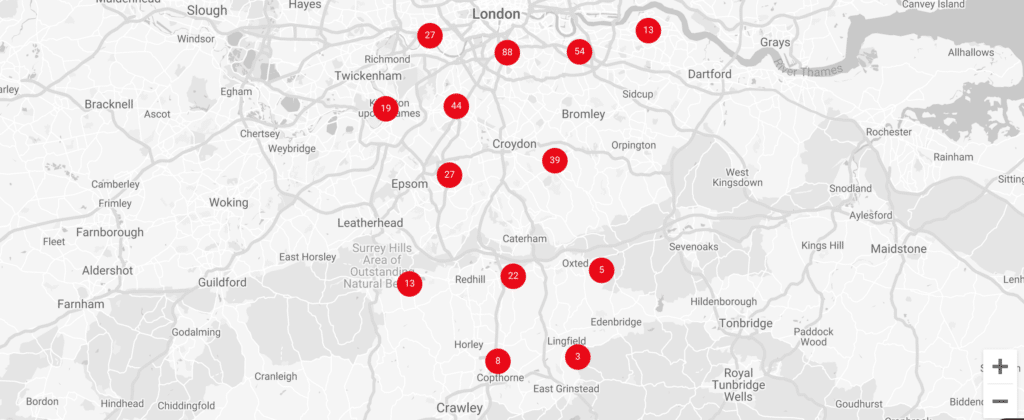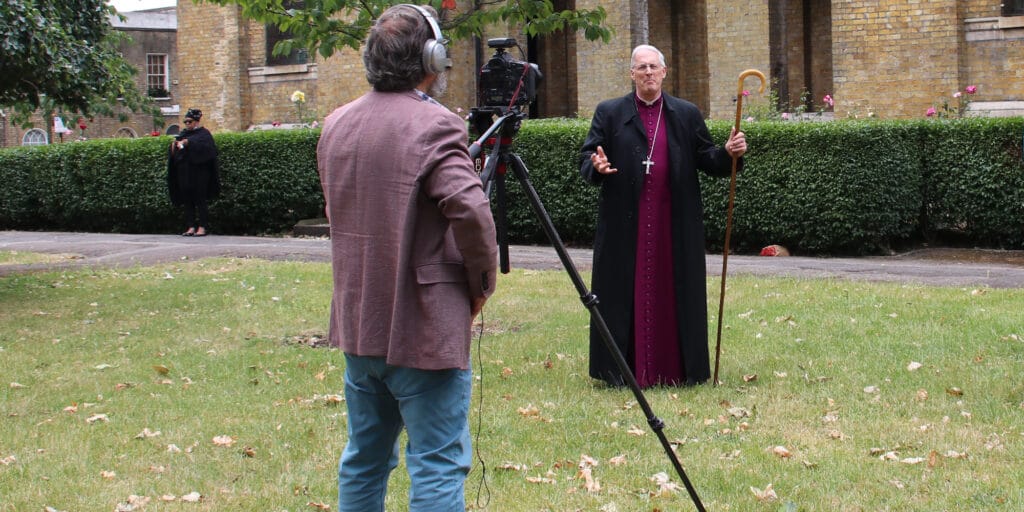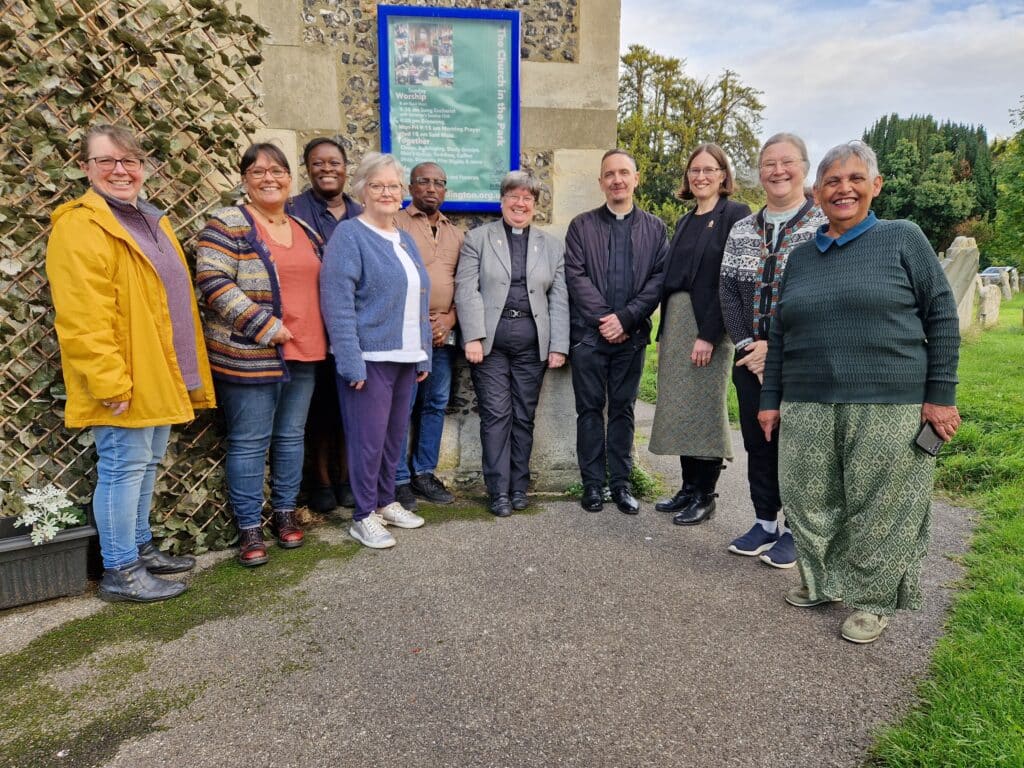Useful information
Patron
The Bishop
Episcopal Area
Kingston Episcopal Area
Deanery
Wandsworth Deanery
Archdeaconry
Wandsworth Archdeaconry
Details of the Church
Built
1889-90
Architect
E W Mountford
Listing
2
Earlsfield was originally part of the Allfarthing Manor. The residential district was developed at the end of the nineteenth century on either side of the London to Southampton Railway. Its name probably derived from that of the wife of the Lord of the manor until the 1890’s.
The new Parish of Earlsfield was created from the outlying portions of the parishes of St. Anne Wandsworth, and St Mary Summerstown. By 1889 the Parish numbered some 6,000 people and was expanding rapidly with new developments. Before the Church was built, the congregation worshipped in a temporary Mission Church, which was far to small for the needs of the rapidly expanding population.
Two acres of land and the site for the Church were given by Magdalen College Oxford, who also owned a large area of adjacent building estate. At the time of the creation of the Church Building Fund in 1888 the population of the area described as:- “Very poor working class, hawkers and coster-mongers, with a proportion of artisans, railway servants, and a considerable number of people whose incomes are only sufficient for their own necessities”.
Mr E W Mountford ARIBA was commissioned as architect for the project of building this new parish church. He had also been the architect for the new chancel at All Saints Wandsworth, the Session House Central Criminal Court as well as the chancel of St. Anne’s Wandsworth (1886).
The architecture of the church is “English Gothic of the thirteenth century. The length of the nave will be 90 feet and the width 25 feet. The chancel will be 40 feet and the width of the aisle 13 feet. The height of the roof from floor to ceiling is 45 feet, 60 feet to the outside ridge, and 90 feet to the cross on the summit of the fleche. The seating will ultimately be for 800 persons, at present it is for 540.” (1990 seating capacity 400).
The walls are faced externally with red brick from Teynham, Kent. External stone and internal stone from Doulting Quarries in Somerset, as well as some from Ham Hill.
Roofs – covered with Purple Brown Brosely Tiles.
Floors – Wood Block.
Tiles – Minton.
Chancel steps – white marble and pavement marble.
Chancel floor – Rouge Royal and Black from Belgian Quarries.
It is to be noted at the Consecration Service February 8th 1890 that: “A beautiful wrought iron screen is shortly to be placed on the north and west sides of the south chapel.” The altar in the south chapel was brought with its furniture from the temporary church. The original contract for the building was £5,800. All but £800 of the original sum was raised prior to the Consecration in February 1890.
